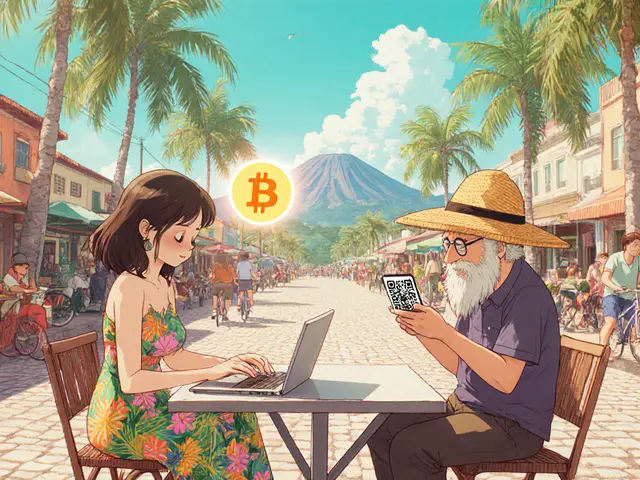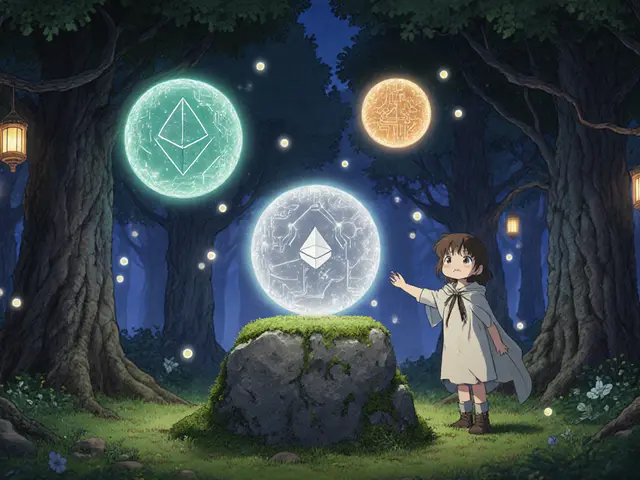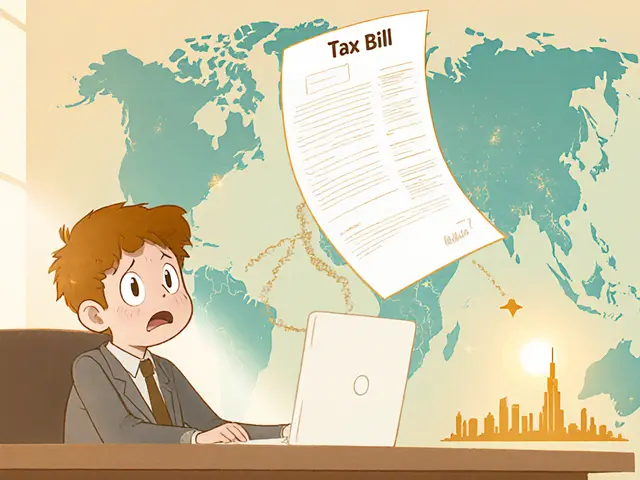Token Economics: How Crypto Tokens Create Value, Drive Behavior, and Fail
When you hear token economics, the system that defines how a crypto token is created, distributed, and used to incentivize behavior on a blockchain. Also known as tokenomics, it’s not just about how many coins exist—it’s about why people care enough to hold, trade, or use them. Most crypto projects fail not because their tech is broken, but because their token economics are broken. Take the Peanut.Trade (NUX), a 2021 airdrop token that gave out 35.50 tokens to each of 2,000 winners. Today, it’s worth less than half a cent. Why? Because there was no real use case, no locked supply, and no reason for holders to stick around. The same thing happened with CAKEBANK, a fake token with zero community, no exchange listings, and a price of $0.00000207. Token economics isn’t magic—it’s math, incentives, and human behavior.
Good token economics turns users into stakeholders. Look at governance tokens, crypto assets that give holders voting power in decentralized organizations like DAOs. Projects like Minswap (MIN), the token behind Cardano’s top decentralized exchange, let you vote on fee changes, new features, and treasury spending. That’s not just a coin—it’s a share in a digital company. But here’s the catch: if too many tokens are held by a few people, it becomes a plutocracy. Voting power gets bought, not earned. That’s why token distribution, how tokens are handed out to users, investors, and teams matters more than the total supply. A fair airdrop, like the one for FARA, a GameFi token from the 2021 BSC event that still has relevance today, builds trust. A massive team allocation with no vesting? That’s a red flag.
Token economics also ties into real-world use. carbon credit trading, where environmental offsets are turned into tradeable digital tokens, shows how blockchain can bring transparency to old systems. But even here, the token must have clear value—otherwise, it’s just another speculative asset. The same goes for blockchain IP marketplaces, where artists and inventors sell patents or music using smart contracts. If the token doesn’t help creators get paid faster or fairer, it’s just noise.
What you’ll find below isn’t a list of coins. It’s a collection of real-world experiments in token design—some brilliant, some disastrous. You’ll see how airdrops turn into ghost assets, how governance tokens can empower or corrupt, and why the most successful projects aren’t the ones with the flashiest tech, but the ones that got the incentives right. Whether you’re holding a token or building one, these stories show what actually works—and what gets left behind.
Challenges Facing DePIN Networks: Why Decentralized Infrastructure Is Harder Than It Looks
DePIN networks promise decentralized infrastructure powered by everyday users, but face major hurdles in token economics, regulation, hardware costs, and scalability. Here’s why they’re harder to build than they seem.





